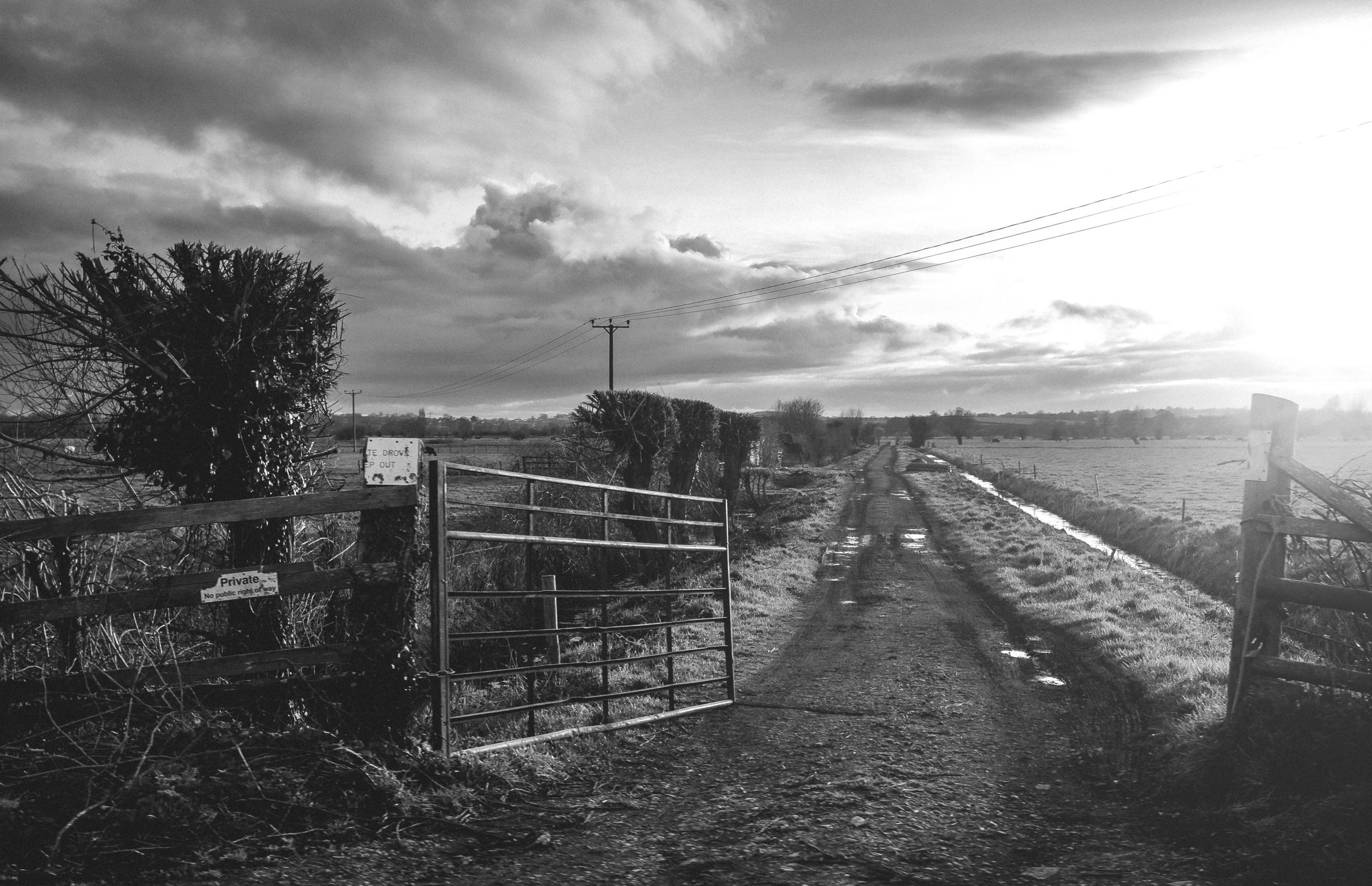Whilst the politically embarrassing butter mountains and wine lakes of the 1980s have been consigned to the history books, agriculture remains central to the whole raison d’etre of the European Union. Indeed, it remains one of the few policy areas on the Continent where most of the decisions are not made by national governments, but are agreed centrally through the convoluted triumvirate of the Commission, Council and Parliament.
Given that agriculture still absorbs some 40% of the European Union budget it was quite amazing that it did not feature at all in the public debate leading up to the Brexit referendum – in either a positive or negative way. There was scant mention of the GBP 3 billion per annum which is paid to UK farmers from the EU’s Common Agricultural Policy and no analysis of the complex trade flows in food products which sees the UK not only as a major food importer and exporter – but crucially as a major importer and then re-exporter of many food products, particularly livestock products. The fact that many livestock products produced in Northern Ireland cross the Irish border not once – but twice – first to the Republic to be processed and then again to Ulster to be sold in supermarkets – encapsulates the sensitivity surrounding the Irish Border debate.
Two years on from the Referendum and the implications of Brexit for the UK Farming industry remain as unclear as ever. Flurried activity in Whitehall, which has not penned a domestic agricultural policy for over four decades, has seen the publishing of “Health and Harmony” – the Government’s consultation for a Green Brexit.
Yet, just 18 months from the end of the transition period in December 2020, we still have no idea what a future trading relationship might look like, and therefore what the financial and structural impacts on the different sectors of primary production and food processing will be. It therefore seems odd to be designing a policy without an understanding of what changes might take place in the marketplace.
Agriculture is notoriously difficult to cover in Free Trade Agreements (FTA) – even Norway, which is the closest thing to an EU member without being one does not have a comprehensive agricultural FTA with the EU – rather a serious of side letters. Whilst the Government has indicated that it wants an “economy-wide deal”, the absolutely snail’s pace of the current negotiations does not exactly bode well for one being achieved by March 2019, or for that matter, by December 2020. Various academic studies have been produced over the last 12 months which show profoundly different impacts by sector – as a major exporter of lamb the sheep sector is particularly vulnerable; the beef industry may be supported by Brexit and the arable heartlands of Eastern England will probably continue broadly as now – the largest and most efficient farmers which are truly competitive will continue to get larger and derive further economies of scale.
Whilst the details of future farm and food policy remain sketchy, one thing is clear – there will be less public support and it will be mostly directed to the delivery of public goods and ecosystem services. EU direct payments, which to a large extent are currently capitalised in land values will taper away over a relatively short 3-5-year period. Land rents and occupancy costs under farming agreements will probably fall. While capital values should, in theory, also adjust it remains to be seen whether the effect of capital tax reliefs, long term land banking for land use change and the desire to own land for amenity and aesthetic reasons will mitigate the full effects of reduced farming profitability.
One thing is clear. Anecdotal evidence suggests that many farmers voted against Brexit as a protest against “rules and regulations” and “too much bureaucracy.” It is clear that whatever rules are eventually agreed on regulatory divergence or equivalence farming and environmental standards are unlikely to change. Indeed, Michael Gove has indicated that in some areas, such as animal welfare, he proposes to enhance existing rules. UK farmers on the whole voted for Brexit: the industry will undoubtedly undergo fairly rapid structural change over the next decade but those who are well capitalised, efficient and resilient will prosper. Access to land will undoubtedly become easier; one of the criticisms of the current Common Agricultural Policy is that it has hampered the most successful and entrepreneurial farmers from expanding by keeping smaller and less efficient producers in business. Our future farming industry will be leaner and more efficient – a great opportunity for some but a difficult journey for many who are unable to navigate their way through the short-term uncertainty.







